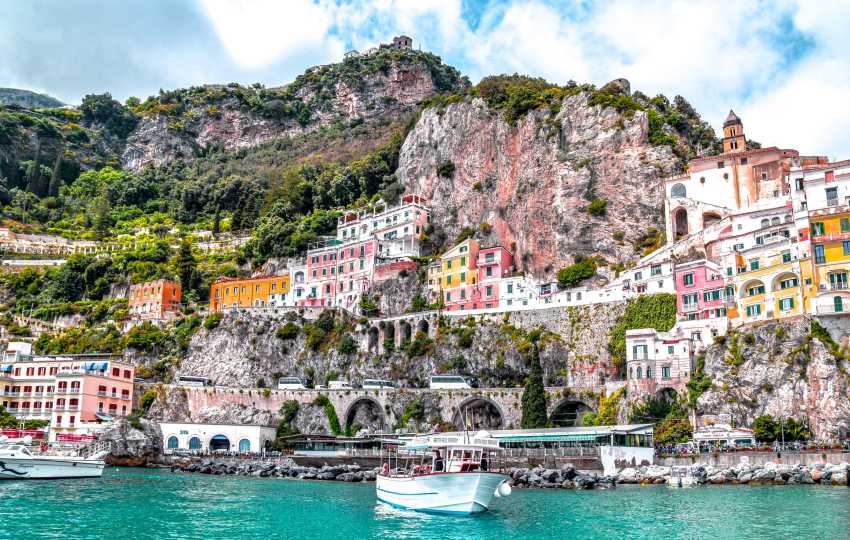The tourism industry is a crucial sector for many European economies. Not only is it helpful for the elimination of trade deficits, but it also employs many tourist workers that rely upon the sector’s growth.
The whole EU tourism ecosystem was hit hard by the COVID-19 pandemic these past two years. As a result, it severely impacted the EU tourism labour market that traditionally offers many opportunities to a very diverse workforce.
This article will discuss the characteristics of the EU tourism labour market in 2020, published on the occasion of the EU Industry Days.
What are the EU Industry Days

The EU Industry Days is a European flagship annual event that highlights industry leaders, hosts discussions on industrial policies, and gives a better understanding of the state of the European Industry.
The EU Industry Days takes place between 8-11 February this year. Based on its agenda, discussions will be around the green and digital transition of industrial ecosystems and finding ways to support and strengthen the resilience of EU companies. Furthermore, it will also be discussed how the younger generation can shape the future of the EU industry. Its focus will be on social equality, youth unemployment, precarious work, sustainable and socially responsible business models.
Of course, these discussions are essential for the tourism industry as it is known for the employment of young people. Let us now see the official statistics of the pandemic-hit EU tourism labour market in 2020 from Eurostat.
7 key statistics of the EU tourism labour market in 2020

The “tourism sector” comprises accommodation, air transport, tour operators, and travel agencies for this publication. The findings of the EU tourism labour market are the following:
More women than men
According to this publication, the tourism industry attracts more female workers (58%) than males. On the contrary, this number is significantly less (46%) when calculating the percentage of women working in all economic activities.
Shorter average seniority
Workers in the tourism industry seem to hold the same job for a shorter time (29%) than all other economic activities (23%).
Part-time employment is more common
Tourism has relatively high shares of part-time employment (23%) as opposed to other industries (19%).
Lower skilled labour
Regarding educational backgrounds, the EU tourism labour market seems to gather slightly more lower-educated workers (18%) than 17% in all economic activities.
More temporary contracts
Temporary contracts in the tourism industry are more common (18%) than the average of other industries (14%).
A higher number of foreign workers
As expected, an industry that deals with foreign guests also employs more foreign workers (13%) than other economic activities (8%). Interestingly, this percentage was higher pre-COVID for tourism (15%) and industry sectors (8%), mainly due to cross-border movement limitations and unstable health and economic situations.
More young people
The EU tourism labour market seems to help more young people transition from school to labour. There are more (9%) young workers (aged 15-24) working in the tourism industry compared to other sectors (7%). Again, these numbers were higher before the pandemic, 11% compared to 8%. This decrease is most likely due to the more difficult school-to-work transition, as tourism activity in 2020 was significantly lower than the previous year.
Conclusion
COVID-19 hit the EU tourism industry, and there is probably a long road ahead for a full recovery. Based on the above characteristics of the EU Tourism labour market, diminished tourism severely impacts the most vulnerable members of our society, mainly young people, women, and lower-skilled workers. Based on that, it is understood that tourism plays a vital role in empowering them, and a full recovery is critical. In the meantime, it is understood that there should be specific policies in place to support those workers.

